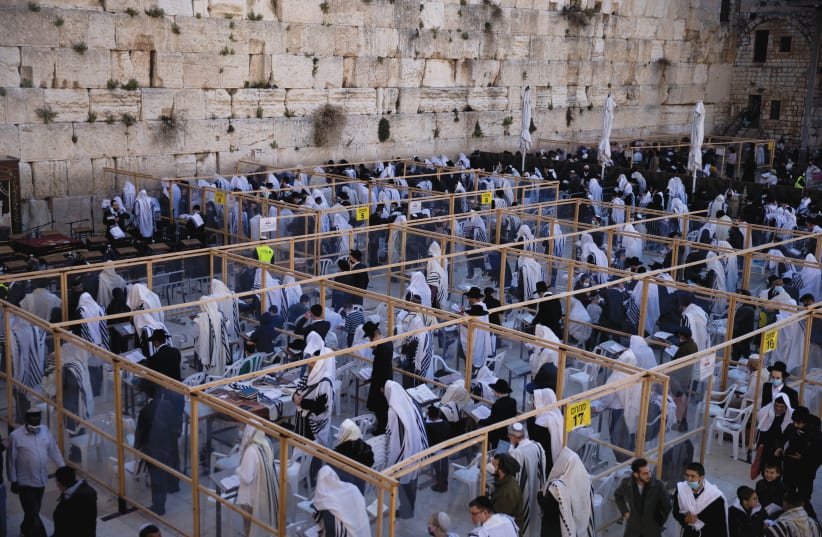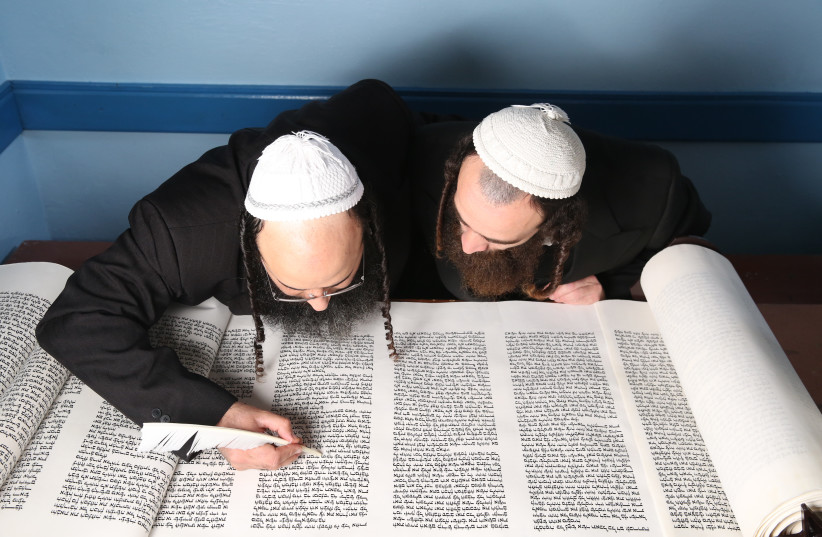Throughout the centuries, the primary function of rabbis was not to give sermons, conduct marriages, or eulogize the dead, but to rule on issues of Halachah (Jewish law). When an established rabbi ordained someone, he was empowering the new rabbi to answer questions of Halachah and assuring questioners that they could rely on the new rabbi’s rulings.
Most people who asked halachic questions received, and still receive, only oral answers. Often, answers are a simple yes or no, perhaps accompanied by words of explanation or encouragement, but without referring to sources. The assumption was that most questioners lack textual acumen, and simply want to know what Jewish law requires.
In parallel, however, leading rabbis for over a thousand years have published their “responsa,” collections of questions they received (or, occasionally, invented), along with their answers. In this format, rabbis engage in learned discussions showing how the texts of the past support their halachic conclusions.
The target audience for such responsa literature was generally other rabbis (and rabbis-in-training). Perhaps to save time, or perhaps to seem more authentic to their colleagues, responsa have been written in a difficult blend of rabbinic Hebrew and Aramaic, with frequent use of acronyms known only to the cognoscenti.
But in the last few decades, some rabbis have been publishing detailed answers to halachic questions in more accessible formats. Tens of thousands of responsa, some with footnotes and some without, are now published on the Internet. For many Jews, looking up Jewish law now means googling.
Another recent innovation is the use of English and other modern languages in responsa. Some non-Hebrew responsa were written before modern times, but almost always in a Jewish language like Judeo-Arabic. Today, writing vernacular responsa is not confined to the Orthodox; some Reform and Conservative rabbis now publish English-language articles and books that are variations on the traditional model.
ONE OF the best and most prolific practitioners of this new type of responsa is Rabbi Prof. David Golinkin, president emeritus of the Schechter Institute of Jewish Studies, the flagship institution of the Masorti Movement (Conservative Judaism in Israel). Golinkin has written or edited over 60 books. In June 2014, he was named by The Jerusalem Post as one of the 50 most influential Jews in the world.
Golinkin’s latest book, Responsa in a Moment: Halakhic Responses to Contemporary Issues, volume 5, consists of answers he published on the Internet to questions submitted to him between 2017 and 2021. The questions cover issues that include: How should a person repent for causing an accidental death? Is it permissible to study biblical criticism? Is it permissible to have a double-ring wedding ceremony? Can you pray barefoot?
At some points in his book, he comes across as Rabbi Golinkin, offering unambiguous answers to halachic questions. At other points, however, he sounds more like Prof. Golinkin, reworking the traditional genre by surveying how different Jews related to an issue over the centuries without taking a stand on what a contemporary Jew should do.
In one of many questions arising from the COVID-19 crisis, Golinkin addresses an unfortunate, but now familiar, problem: Jews wanted to recite the mourner’s kaddish for a deceased relative, but could not attend a minyan (prayer quorum) because of a COVID-19 lockdown.
Adopting a more stringent approach than most other non-Orthodox authorities, Golinkin rules that a minyan cannot consist of 10 who are “together” only on a Zoom screen.
Then what does a mourner do when a minyan cannot legally gather in one place? Golinkin does not come up with a single recommendation. Instead, after a 12-page survey of what has been written on the issue, he concludes: “I have presented here six alternatives to the mourner’s kaddish that are halachically permissible, four forms of pseudo-kaddish which are somewhat problematic, and two responsa [by Reform Rabbi Solomon Freehof] which have no halachic basis.”
You cannot help feeling sad when reading another question from just before Passover 2020, when lockdown regulations were strictest here in Israel. The questioner asks whether to delay the celebration of Passover for a month, following the biblical model (Numbers 9:6-12), which tells of Jews offering the Passover sacrifice precisely one month late, under certain narrow circumstances. (Golinkin’s answer: this solution is “not relevant to our current crisis.”)
Reading this text, you realize that the questioner (like many others) assumed that by May 2020, COVID-19 would no longer be a factor in their lives. As we approach our third Passover living with COVID, let us hope that this and similar issues will soon be relevant only for historians.
Golinkin’s book is of interest not only to Jews who want his rabbinic guidance, but also to anyone interested in the history of Jewish law. It provides a window into previous centuries of Jewish legal writing, and is itself a new kind of historical document.
RESPONSA IN A MOMENTBy David GolinkinThe Institute of Applied Halakhah at the Schechter Institute of Jewish Studies396 pages; $17

